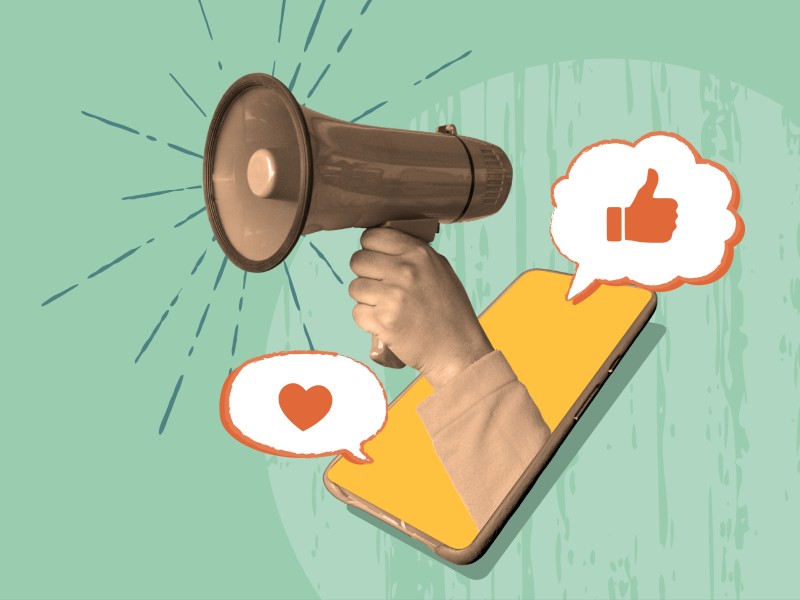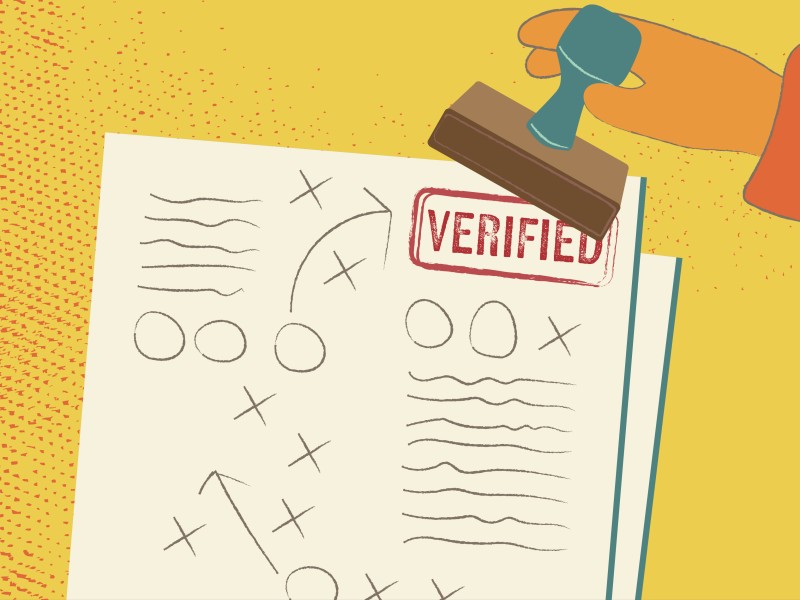By BookBaby author Lee Purcell As an indie author, libraries are a powerful asset for getting your book into the hands of readers and reaching an audience through presentations, community contacts, reviewers, and reference librarian recommendations. This BookBaby blog...
By BookBaby author Lee Purcell
As an indie author, libraries are a powerful asset for getting your book into the hands of readers and reaching an audience through presentations, community contacts, reviewers, and reference librarian recommendations.
In the endless striving to crack the code of Amazon, Audible, or other digital sales channels, writers often forget a resource that is close at hand: the public library. The public library can be an invaluable venue for reaching new readers, strengthening the discoverability of your book, and establishing new revenue streams.
If the thought of the library conjures visions of dusty card catalogs, slippery plastic book covers, and scowling, noise-sensitive librarians carrying a grudge from the last century, you’re completely behind the times. Many libraries today have entered the digital era with enthusiasm, a trend that presents rich opportunities for writers. Bulk sales of print books, audiobooks, and eBooks to libraries are increasingly common. A chance to spark interest in your title through book presentations, readings, and reference librarian referrals can be a tremendous asset, especially for local authors or those with specialized nonfiction titles.
Libraries have had to re-invent themselves to survive in an era of abundant downloadable content and access to eBooks, magazines, videos, audiobooks, and other material that many enjoy these days. And although the worldwide pandemic forced most libraries in the US to temporarily shut their doors to the public, it’s been a renaissance for the use of new digital tools and technologies that revamp the way libraries interact with the community. As libraries cautiously open doors again to the public, it is an ideal time for writers to take advantage of new digital frameworks to reach readers and explore the prospective in-person benefits that libraries offer.
Going digital – adapting to changing times
In response to the unprecedented stay-at-home situation during the spring of this year, it’s fair to say that libraries nationwide have done a remarkable job pivoting to digital services. In a May 28 editorial in the New York Times, New York Public Library president Anthony Marx reported an 864 percent increase in NYPL’s SimplyE digital library card sign-ups since closing, as well as a nearly 200 percent increase in new users across all its e-reading platforms, and a 236 percent increase in views of NYPL’s educational resources.
“Our goal has been to replicate, as best we can, the unique experience of being in a library while at home,” Marx writes. “We offer online story times, tutoring, and other educational tools for parents coping with remote learning, virtual book clubs, author talks, a book discussion podcast, virtual consultations with reference librarians, interactive online book recommendations, and small business and job search webinars that have attracted thousands of participants.”
The ecosystem comprising service providers, publishers, distributors, libraries, and author networks is extensive and the rules, terms, and practices that apply are continually evolving. It’s not unlike the situation authors face with mainstream publishers where the book contracts are offered as “standard” contracts, implying that terms cannot be changed. In reality, every aspect of a contract is negotiable. Likewise, authors are encouraged to carefully inspect distribution and royalty terms for their eBooks, audiobooks, and print-on-demand titles with respect to libraries. Ensure that you understand the terms and suggest changes where necessary. Some service providers may be totally inflexible, but if you press politely on sticking points that make a distribution agreement unacceptable, you may get the changes that you want.
Start at your local library
Eric Simmons, a Georgia-based author and self-publishing consultant, has focused his attention on techniques to help writers get their books into the library system. Although he recognizes that many purchasing departments in libraries rely heavily on book reviews (including Kirkus Reviews at a hefty charge of $425 per review), direct contact with primary decision-makers at the library can be very effective. This approach has worked well for his titles, helping increase visibility for his work. “Per the Institute of Museum and Library Services,” Eric said, “in one year, people visited public libraries over one billion times, and, according to Pew Research, 41 percent of those who borrow eBooks from libraries purchased the most recent eBook they had read! I’m convinced, this amount of visibility is the reason why I’ve been able to get 124 copies of my books into libraries around the world these past two years. As I shared in my article and current book on the topic, Getting Your Book into Libraries, I believe libraries should be a part of every writer’s marketing strategy.”
Eric recommends getting started by first targeting your local public and academic libraries and looking for opportunities to give a talk about your book and engage influencers within the library. As you broaden your range of contacts into more distant geographies, develop an ongoing contact list that details each interaction. From a sales perspective, it’s very useful to know the fiscal year end and fiscal year beginning for the specific library (typically between April and June), a time when maximum book purchases are made. That’s the best time to make sales pitches.
Three-stage process: availability, awareness, and acquisition
In episode 99 of the Stark Reflections podcast, author and industry commentator Mark Leslie Levabre covers the topic of how to get titles into the library system. He approaches it as a three-stage process. “First, you have to ensure your book is available to libraries and then you have to ensure that the library is aware of the titles and then that they have the desire to acquire them. That’s what I call the three A’s of library strategy: Availability, Awareness, and Acquisition.”
In terms of availability, Mark recommends that whether your title is a print book or eBook, check with your publisher to confirm which library wholesalers they are using. At a minimum, he says, they should have access to the leaders in library sales, OverDrive, and Baker & Taylor. Self-published indie authors can tap into any of the services aligned with wholesale distributors to reach channels that offer eBooks to library markets, including BookBaby.
By Mark’s reckoning, awareness and acquisition go together. Librarians tend to rely on reviews to influence their purchases, so getting your book reviewed in magazines helps gain the attention of librarians. Library-oriented magazines you can approach to review your book include Booklist, Library Journal, Publishers Weekly, School Library Journal, and Voya.
 During the COVID-19 lockdown, the Martha Canfield Library provided free WiFi access from its parking lot and initiated curbside delivery for patrons.
During the COVID-19 lockdown, the Martha Canfield Library provided free WiFi access from its parking lot and initiated curbside delivery for patrons.
To boost the chances of a library acquiring your book, do some research to discover specialty preferences and regional inclinations of libraries and the types of genres and collections they favor. In his book, An Author’s Guide to Working with Libraries and Bookstores, Mark writes, “Maybe it’s a library in a rural area that specializes in books on agriculture; both nonfiction titles, or even fiction titles where agriculture is an important element of the fiction. Perhaps it is a branch that focuses on books for children, young readers, and teenagers.”
Because libraries often respond to requests for specific books from their patrons, as an author you can use your website, newsletter, or social media feed to tell readers that your book is available in the library system and that they should contact the library to request it.
Audiobooks in libraries
Audiobook listening has soared in popularity since the pandemic rocked the world and — because time spent at home has increased for many individuals — audiobooks offer an entertaining diversion. OverDrive is the largest provider of streaming audio titles to library systems around the world with a well-established platform and reasonable terms for authors. The connection between Kobo Rakuten — particularly Kobo Writer’s Life — and OverDrive expands the options for indie authors with an audiobook to peddle.
An OverDrive blog article highlighted record eBook and audiobook library use last year, noting, “Publishers and authors benefited from the library’s role as valued discovery channel which resulted in record library sales of digital titles across all genres for all audiences. This data was reported by Rakuten OverDrive, the leading digital reading platform for over 43,000 libraries and schools worldwide. A record 73 public library systems in five countries loaned over one million digital books to readers in 2019.”
Tips and guidelines
Some tips and guidelines for writers exploring options for getting their eBooks, audiobooks, or print books into libraries:
OverDrive sponsors an initiative, the Indie Author Project, to build relationships between indie authors, local libraries, and readers, partnering with curators and libraries to identify the top indie-published books. Join as an author to submit your book for curator review and enter contests. If your book is set up for print-on-demand, check with your service provider to see whether library distribution is supported. Amazon, unfortunately, offers extended distribution terms that are generally unfavorable to libraries, and these terms can be an impediment for authors seeking a presence in libraries. Get your book into as many different systems with library access as possible. Opt for the Cost Per Checkout (CPC) system, if available through a distributor, which generally will help boost discoverability and earnings. This approach lets libraries choose to give access to an unlimited number of book loans at the same time. Services such as Axis 360, run by Baker & Taylor, let library and school users search for and discover eBooks and audiobooks for loan. As an author, if your book is listed with Baker & Taylor, contact your library and mention the opportunities to create curated digital collections available through Axis 360. Join the DPLA Exchange (a content marketplace and national digital platform for the extended library ecosystem) and participate in the eBook community, which helps shape projects such as the Library Simplified open-source software, used by The New York Public Library. Through venues such as this, authors have an opportunity to influence the course of digital content in the context of library use.Gaining acceptance and boosting discoverability
Acceptance in a library is a sign your book has been vetted by an institution with a measure of credibility, a valuable commodity in a world where quality eBooks vie for recognition with titles of questionable quality. As an indie author, libraries represent a powerful asset to get your book — whether print, eBook, or audiobook — into the hands (or ears) of readers. Additionally, libraries can be a central hub for reaching an audience for your title through presentations, community contacts, reviewers, and reference librarian recommendations. Don’t overlook this important milestone on your writer’s journey and make it a point to include libraries in your overall marketing plan.
Related Posts
Your Book Needs To Be On Amazon, but…
How I Landed An Audiobook Deal: My Self-Publishing Experience
How to Write a Galley Letter (And Get Book Reviews)
How Print On Demand Works [Infographic]
Creating A Low-Cost Book Trailer
This BookBaby blog article Public Libraries: An Asset For Independent Authors appeared first on and was stolen from BookBaby Blog .












